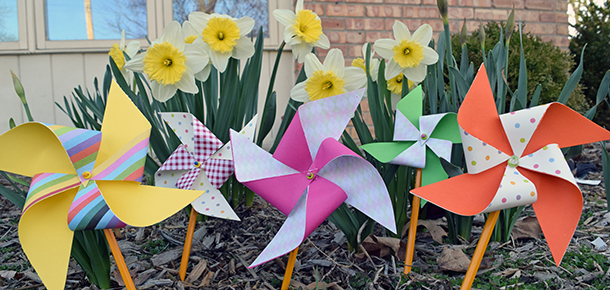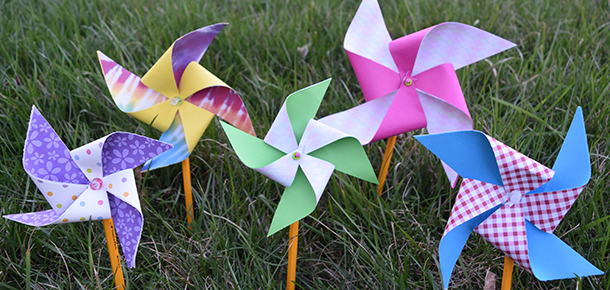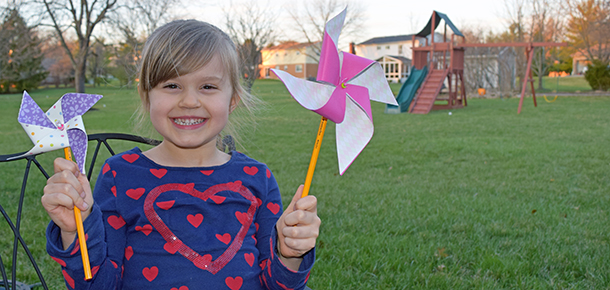It may seem intimidating to talk to your children about keeping their bodies safe, but this conversation could make a dramatic impact on their safety and development.
The Mayerson Center for Safe and Healthy Children is dedicated to spreading the word about the importance of prevention. Having these conversations with your children early and often can make all the difference when it comes to their safety. Here are a few tips to get the conversation started:
Tips for Teaching Children About Body Safety
Teach Them Proper Names
Parents and caregivers should begin to teach children body safety from a young age. The first step in teaching your children body safety skills is teaching them the proper names for their private parts at the same time you are teaching them all of their other body part names. With the proper names, children learn how to clearly communicate if someone touches them inappropriately and also learn that it is okay to talk about these parts of their body with their parents. During this time, caregivers can also begin to teach them about privacy. Natural places to discuss private part names and privacy with your children are during bath time and toilet training.
Teach Them About Safe and Unsafe Touches
As children grow to age 2.5 to 3, you can add in information about safe and unsafe touching. Unsafe touching includes hurtful actions such as hitting or kicking, as well as touching private parts. Provide examples of both types of touching. Labeling touches for them as touching naturally occurs can be an easy way to make this a continued conversation.
For example, when your child gives you a hug, you can say, “I love getting hugs from you. They make me happy and are a safe touch in our family.” If you are tickling your child and he says, “Stop,” then a teaching response would be, “You told me to stop tickling you so I am going to stop to make this safe. When you tell someone to stop touching you they are supposed to listen to you because this is your body. If they don’t, you should tell me.” If siblings are fighting you can tell them that they are not allowed to use unsafe touches, such as hitting and kicking. Through this labeling, children will begin to apply the education about touching to real life situations. Further, you can introduce your child to what to do if someone gives them an unsafe touch.
Teach them “No, Go, Tell”
An easy way for children to remember what to do is to teach them, “No, Go, Tell.”
- No – Say no or stop loudly so the person can hear you.
- Go – Run away from the person and find a nearby safe adult.
- Tell – Tell that adult and me what happened so we can help keep you safe.
You can role play these steps together. Tell your child you’re going to practice and say, “Pretend like I’m a grown up or big kid and I’m about to touch your private parts” and then reach toward him or her. Coach the child to use “No, Go, Tell.” Have children practice telling you about the unsafe touching. Praise them for telling, as telling is an important step in this process. Then role play that someone is hurting the child with a hit or a kick and practice “No, Go, Tell” in that scenario as well.
Children love practicing this and often giggle throughout, which is okay. You are helping them feel comfortable discussing these topics and this will help them be confident if they ever need to use it. This is a great way to begin to instill assertiveness in your child.
As your children grow older, you can continue to review these conversations while adding more detail as they can understand more. A natural time to review this information is when they go to school and when they talk about bullies.
Before puberty, sex education can be introduced so they are prepared for the changes that happen in their bodies. Then, you can continue to expand on the sex education as they enter junior high and high school. The above safety skills can be reviewed again at this time and examples of what to do can be geared toward dating.





A good guideline for parents in keeping their children safe from all dangers. Putting this will surely help children to safeguard themselves.